Calving difficulty caused by myostatin mutations
- New set of twins born
- 2 caesarean sections from myostatin mutations
- Maternal AI bull choice
Calving is progressing well with some of the December calved cows scanned back in calf. One set of twins was born on the farm at the end of April which Oliver is delighted with.
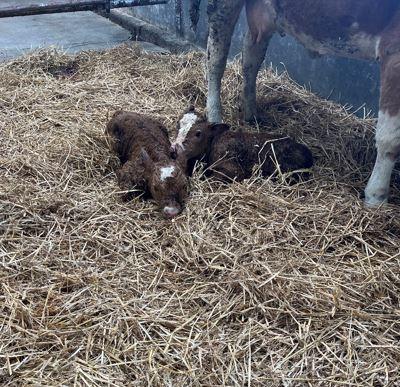
Figure 1: Twin Limousin X Simmental calves born on the farm
However there were 2 caesarean sections from 2 cows this year that were in calf to the stock bull. On investigation, it shows that the stock bull has 1 F94L mutation in the myostatin gene and 1 Q204x mutation. Myostatin acts like a “brake pedal” on muscle development. When the gene functions correctly, muscle growth is controlled, resulting in normal-sized animals. However, when mutations (or physical breaks) occur in the myostatin gene, muscle growth accelerates, producing more muscled animals, often referred to as “double-muscled” animals.
The F94L mutation is also known as the ‘profit gene’ – in that it produces double muscled calves with no extra difficulty at calving. However the Q204x mutation produces double muscled calves with an increase in birth weight, and thus calving difficulty. As calves inherit half of their DNA from the cow and half from the bull, half of the stock bull’s calves will have the F94L mutation, and half would have the Q204x mutation.
The 2 cows were then examined. One cow (#1430) has 2 Q204x mutations and would pass one onto her calf. While the genomic results aren’t back for her calf yet, it is suspected that her calf inherited 1 Q204xgene from the bull and 1 from the cow, resulting in a caesarean section birth.
The second cow (#216) has 1 F94L mutation and 1 NT821DEL11 mutation. The NT821DEL11 mutation also produces double muscled calves that have a higher birth weight and result in more difficult calvings. Her calf (#578) is DNA registered and the genomic results show that she inherited the Q204x gene from the stock bull and the NT821DEL11 gene from the cow, which again resulted in a caesarean section.

Figure 2: Myostatin results of one of the calves born by C-section
This information is available on ICBF to herds with a Herdplus profile. Further information on the myostatin gene and its effects can be found from Dr. Cliona Ryan here.
This year Oliver is AI’ing his cows to Plumtree Fantastic (S1278), Gamin (ZGM) or Loyal (LM4184) which are terminal sires. In an effort to increase daughter milk in the herd which is at 3.3kg, he is planning to breed the more maternal cows to Tomschoice Scorpion (LM1109) who has a daughter milk figure of +8.7kg. He also has good terminal traits of +34.2kg for carcass weight and 2.72 on carcass conformation so will produce good bull calves too. Beef cow calving difficulty is 3.6% at 71% reliability and he has 2 F94L mutations which will result in double muscled calves, but without any increase in calving difficulty.
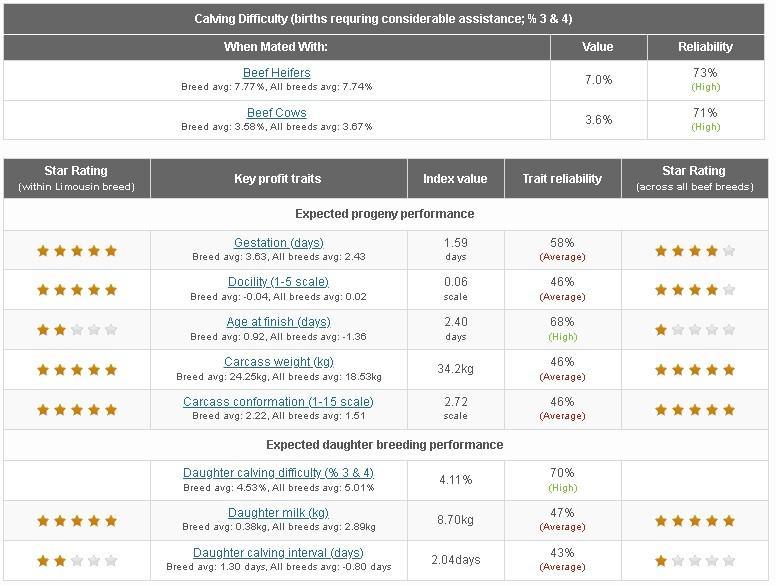
Figure 3: Eurostar traits for Tomschoice Scorpion (LM1109) (Source: ICBF)
Grass growth has taken off on the farm and Oliver has let out calved cows, ewes and lambs and the yearling cattle to grass.
42 acres of silage ground has been closed for cutting at the end of May. Most of this has received 2500 gallons of slurry/acre and was topped up with 76 units/acre of 38% N + 7.5% S protected urea. Another silage field was spread with 2 bags of 18-6-12 per acre and this will be topped up with 1 bag of 38% N + 7.5% S protected urea/acre with the aim of cutting it at the end of May also.
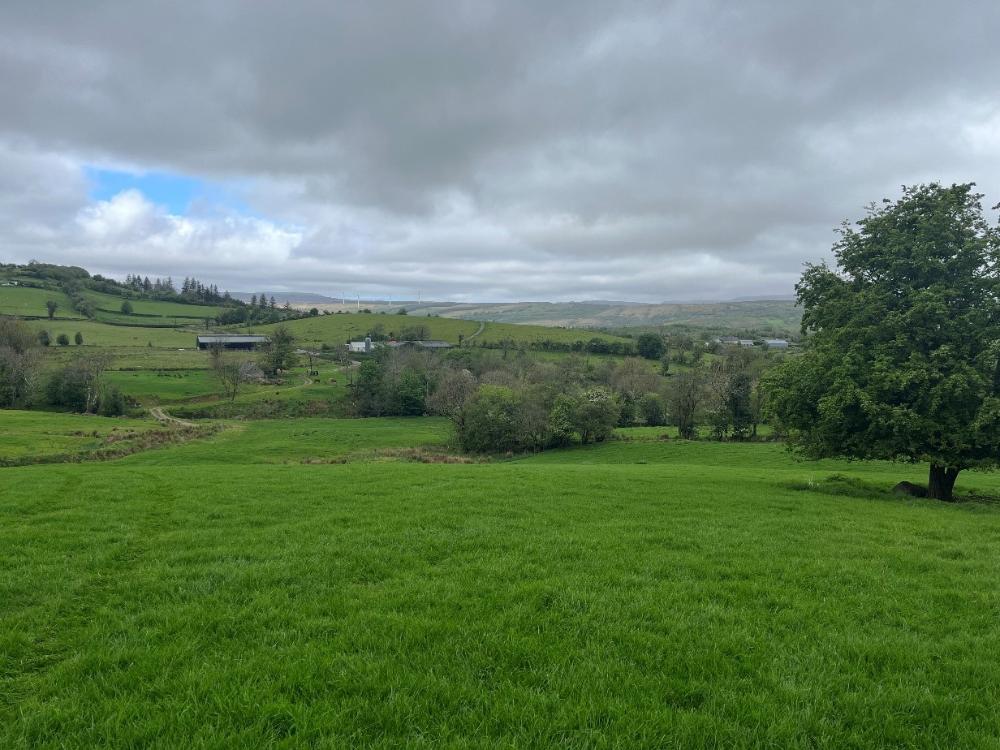
Figure 4: Grass growth has improved on the farm
Oliver has completed a fodder budget for winter 2025. He estimates that there will be 32 cows, 32 calves, 6 yearlings and 5 cattle over 2 years of age for housing. The young stock will be fed 2kg/head/day on average over the winter, of which he is budgeting for 225 days to include a buffer. The 120 ewes will be housed for 120 days.
Allowing for the ration being fed, this means that Oliver will need 800 bales of silage for the winter.
He has 42 acres closed for first cut silage and at an average yield of 8 bales/acre that will provide him with 336 bales. That means he will need a further 464 bales to provide him with enough feed for the winter, which means either cutting a further 58 acres for second cut or buying in silage. There will be very little silage left over from this winter. He will review the budget again after first cut silage.
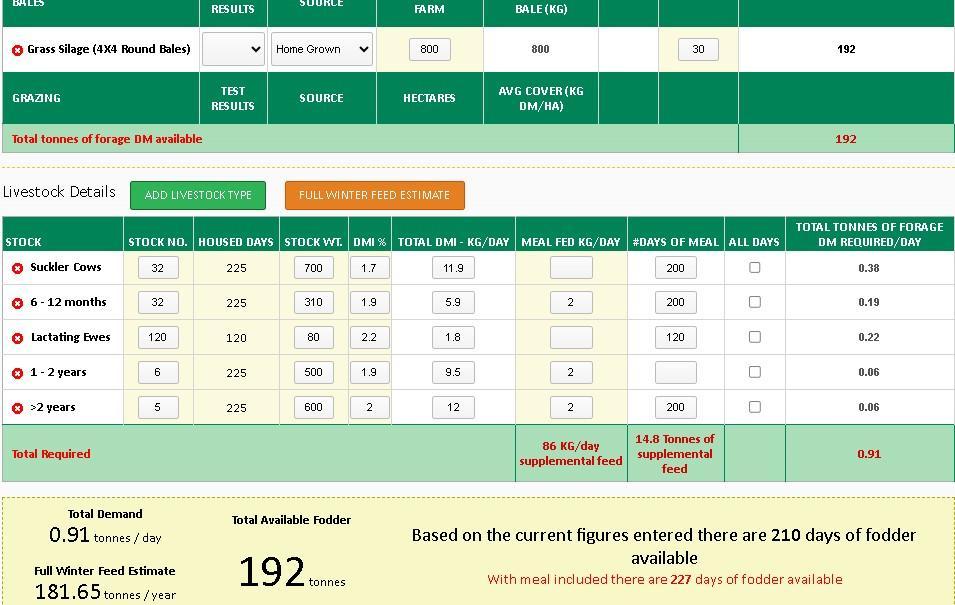
Figure 5: Fodder budget for winter 2025
The yearling cattle are being fed 6 kg of ration/head/day and will be sold live through the mart in June.
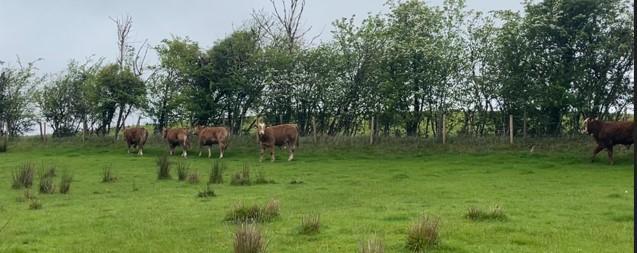
Figure 6: Yearling cattle at grass